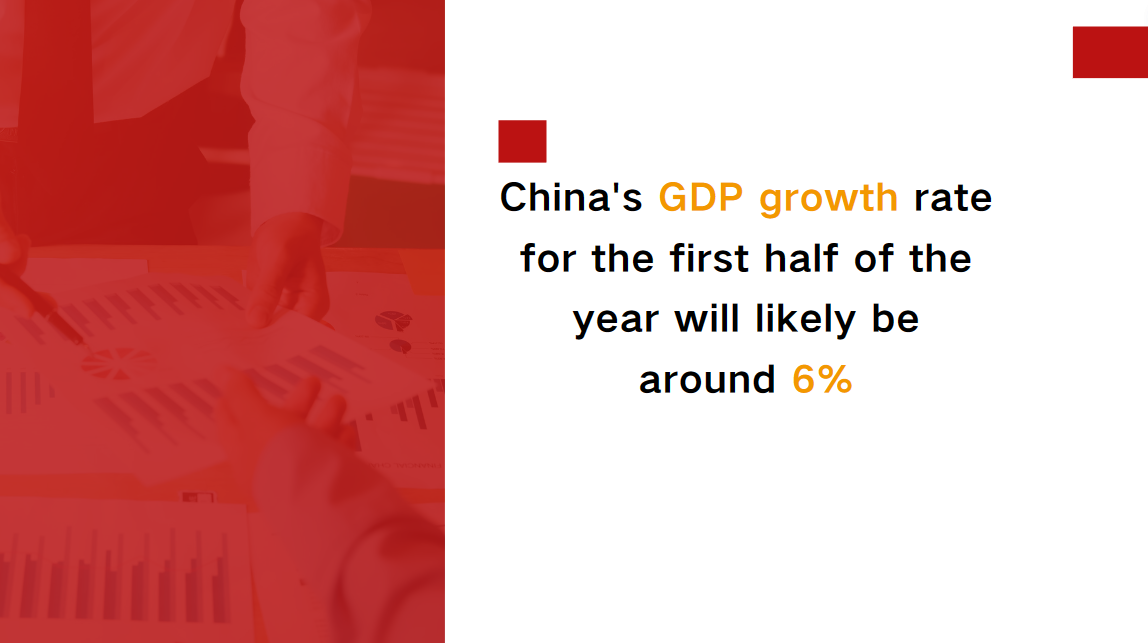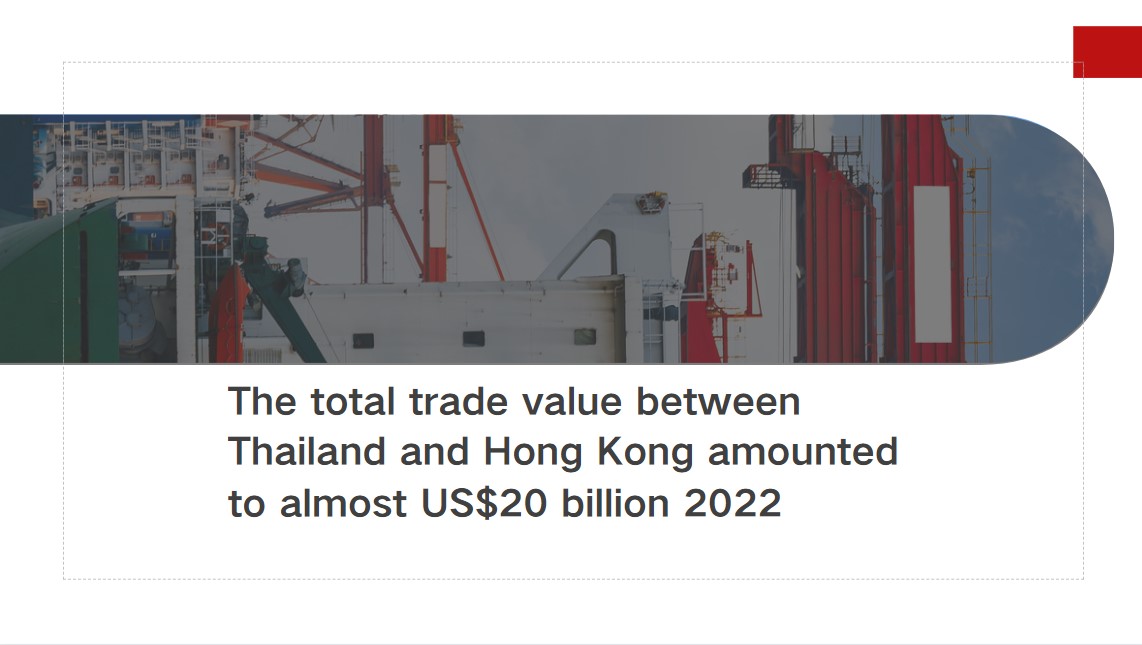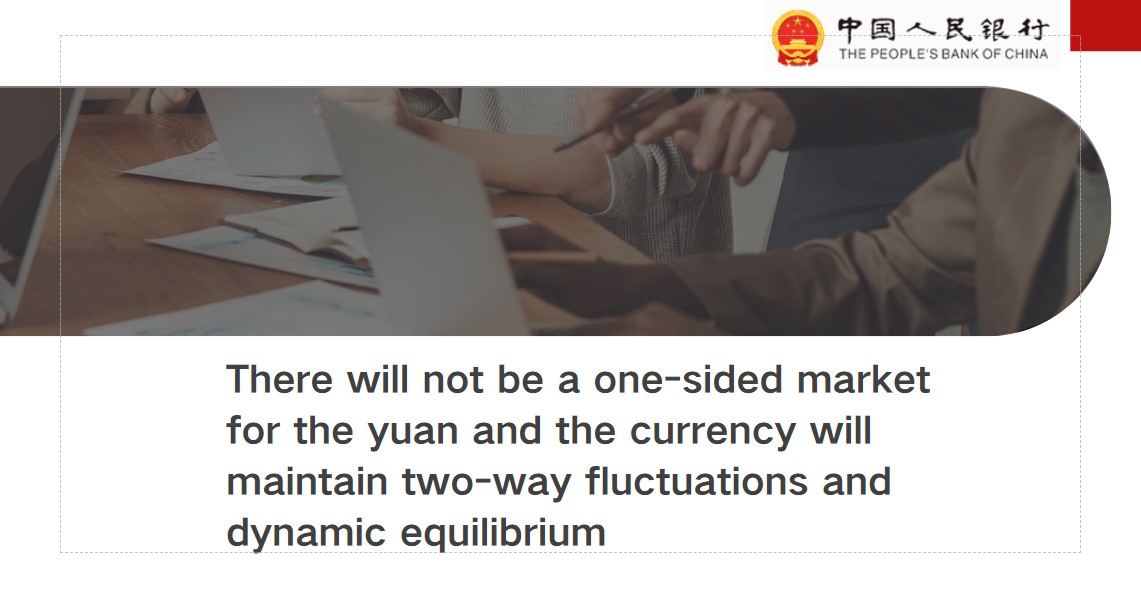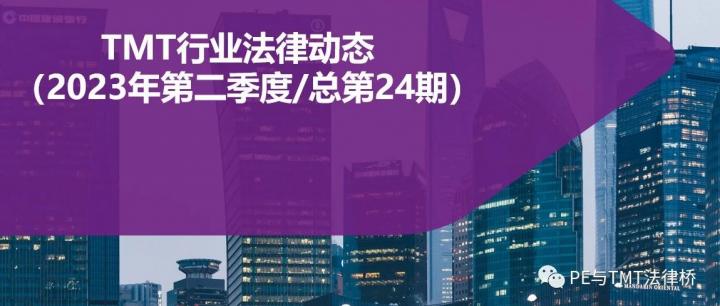Reserve requirement cut likely in the 3rd quarter
There is a growing likelihood that China's central bank will cut the reserve requirement ratio in the third quarter after an official referred to the RRR as a potential monetary policy tool to shore up China's economic recovery, experts said on Friday.
However, solely cutting the RRR — the proportion of money that lenders must hold as reserves — may not be sufficient to revive the economy, they said, and urged more easing of property market regulations and stronger fiscal support, including consumption coupons.
The comments came after Zou Lan, head of the monetary policy department at the People's Bank of China, the central bank, vowed at a news conference on Friday to use a variety of policy tools, including the RRR, to ensure ample liquidity in the banking system and maintain reasonable credit growth.
China last cut the RRR by 0.25 percentage point on March 27, after PBOC Governor Yi Gang said in early March that RRR cuts remain an effective tool to support the real economy. Zou's remark on Friday ignited discussions that another RRR cut in the near term may be in the offing.
Lou Feipeng, a researcher at Postal Savings Bank of China, said there remains the scope and necessity to further reduce the RRR in the second half, especially during the third quarter, to deliver timely policy support and enable lenders to beef up aid to the real economy.
Experts said the potential RRR cut may only be part of a series of forceful policy support measures to be released soon, given that an RRR cut requires coordination with fiscal measures and property regulation adjustments to help any newly added liquidity filter into the economy.
Shao Yu, chief economist at Orient Securities, said the necessity to launch a proactive combination of monetary and fiscal policy support has grown considering the downward pressure on price levels.
"Small-scale support will help stabilize the economy to some extent but may be inadequate to revive it," he said.
Saying that China's consumer inflation may further ease in July after staying flat from a year ago in June, Liu Guoqiang, deputy governor of the PBOC, vowed on Friday to step up countercyclical policy adjustments. Consumer inflation is expected to recover to a level close to 1 percent by the end of the year as policy effects filter through, Liu said.
"Disinflation headwinds are strong," said Hong Hao, chief economist at GROW Investment Group.
Stimulating domestic demand, in particular in the form of consumption coupons or cash handouts, will be helpful to stemming the downtrend, said Hong, who added it is also reasonable to lift the limits or curbs on the property sector to cushion the downside risks it faces.
Zou, the PBOC official, said there is scope to "marginally optimize" the property market regulations rolled out when the market was overheated.
The growing expectations of policy support come as China is due to release its second-quarter economic growth results on Monday, which experts said may indicate souring recovery momentum.
Official data showed on Thursday that both domestic and external demand is under pressure, as the country's exports slumped 12.4 percent year-on-year last month in US dollar terms while imports fell 6.8 percent.





















































First, please LoginComment After ~